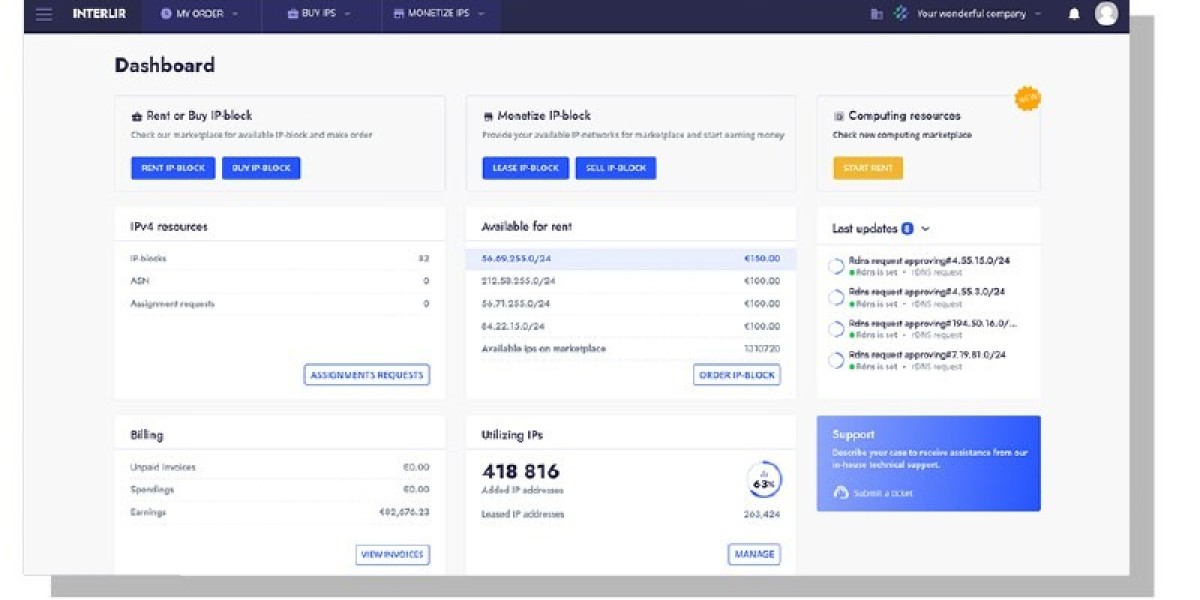Landfill Gas Industry - The Landfill Gas Industry includes technology providers, energy developers, and waste management companies engaged in gas recovery, purification, and power generation from municipal solid waste sites. This industry plays a vital role in converting biogenic methane into usable energy, contributing to net-zero carbon objectives.
The Landfill Gas Industry represents the complete ecosystem of businesses, governmental bodies, and service providers dedicated to the management, collection, processing, and utilization of gas generated at landfill sites. It is a highly specialized sector that bridges waste management, environmental engineering, and the energy market. The industry’s structure is fundamentally a value chain that begins at the waste input stage and concludes with the delivery of a usable energy product.
At the base of the value chain are the landfill owners and operators, typically municipal entities or large, integrated waste management corporations. Their primary role is the initial generation and containment of the gas. They are responsible for the physical infrastructure—the waste mass itself, the cover systems, and the installation of the wellfield—the network of vertical and horizontal pipes and wells drilled into the waste to extract the gas. This operational phase is crucial, as the efficiency of the wellfield directly determines the quantity and quality of the raw gas available for subsequent use.
The next critical segment involves engineering, procurement, and construction (EPC) firms and technology providers. These players focus on designing and building the gas processing and utilization facilities. Their expertise spans various technical areas, from gas blowers and compression equipment to sophisticated treatment systems designed to remove contaminants such as hydrogen sulfide, siloxanes, and excess moisture. The selection of the right technology is an industry-defining factor, as the required level of gas purity varies dramatically depending on the final application—for instance, generating electricity has different requirements than upgrading to pipeline-quality natural gas (RNG).
The project developers and financiers form the commercial backbone of the industry. They assess the economic viability of a site, secure the necessary capital, and negotiate the complex long-term agreements, such as power purchase agreements (PPAs) or renewable gas supply contracts. These entities must navigate intricate regulatory landscapes, qualify for available credits or subsidies, and manage the long-term risk associated with fluctuating gas supply and energy market prices. The industry’s resilience depends heavily on the ability of these stakeholders to structure projects that are attractive to both investors and end-users.
Finally, the end-users and off-takers provide the essential demand, ranging from electric utilities purchasing power to industrial facilities using the gas for heat, and transportation companies utilizing RNG as vehicle fuel. Their needs and willingness to pay for the renewable attributes of LFG largely dictate the ultimate market value of the captured gas. The industry is constantly evolving with technological advancements, particularly in purification membranes and high-efficiency engine technology. Furthermore, the increasing global emphasis on methane’s climate impact is steering the industry towards maximizing capture efficiency and prioritizing higher-value applications like RNG, which command premium pricing based on their environmental attributes and versatility. The long-term health of the Landfill Gas Industry relies on sustained policy support and continuous innovation to lower operational costs and broaden the range of economically viable projects.
Landfill Gas Industry FAQs
1. What is the fundamental raw material that drives the Landfill Gas Industry?
The fundamental raw material is decomposing organic waste (biomass) within the landfill, such as food scraps, paper, and yard trimmings. The anaerobic bacterial decomposition of this material naturally generates the gaseous output—primarily methane and carbon dioxide—which is the industry's commodity. The industry is therefore directly linked to the volume and composition of the municipal solid waste stream.
2. How does the industry segment itself based on the quality of the final product?
The industry segments its output primarily into three qualitative categories: low-Btu gas for simple flaring (minimal treatment), medium-Btu gas for direct heat or power generation (basic cleanup), and high-Btu gas, which is the heavily purified, pipeline-quality renewable natural gas (RNG) used for pipeline injection or vehicle fuel. Each segment requires a different level of investment in gas processing technology.
3. What critical factor must the industry manage to maintain the reliability of its energy output?
A critical factor is the long-term management of gas flow and composition variability. Gas generation rates decline over time, and the quality can fluctuate due to seasonal changes and operational factors. The industry addresses this through sophisticated wellfield 'tuning,' advanced gas monitoring, and the use of flexible energy conversion equipment (like modular engines or turbines) that can efficiently operate with a variable fuel source.
More Related Reports:
Horizontal Directional Drilling Hdd Market
Hybrid Solar Wind System Market








